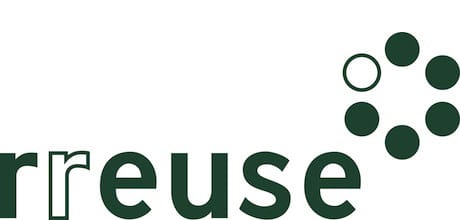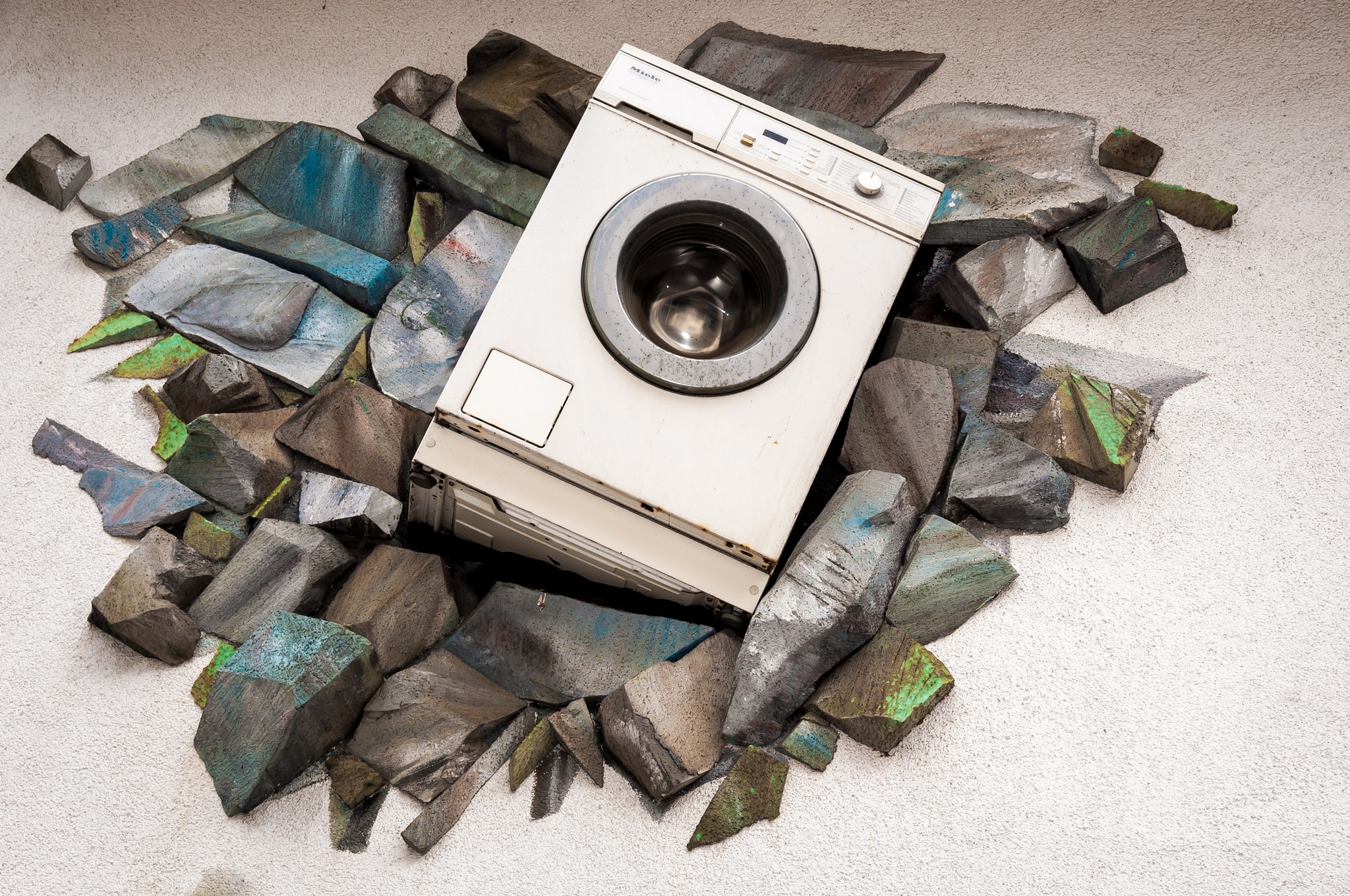The current pace of our society’s consumption is increasing our demand for finite raw materials and creating an enormous waste problem. Factors contributing to this overconsumption include latest fashion trends, but also the increasing difficulties encountered in maintaining or repairing our products1. In the case of electric and electronic equipment (EEE), the inability to extend a product lifetime through repair results in a tremendous waste of resources, materials and energy which went into the production of that appliance and decreases its durability2. This also has a marked negative impact on the reuse and repair sector3 which plays an important role in our economy and society, which includes the involvement of social enterprises4. A product designed for easy repair is a big step to improving resource and material efficiency of Energy Related Products covered by the Ecodesign Directive.
In 2014, implementing measures5 for three key Energy Related Products will be revised, namely domestic fridges, washing machines and dishwashers. As such RREUSE has conducted an investigation into some of the main obstacles its members encounter when repairing products in these three categories. Whilst qualitative in nature, it is hoped this information will be useful for any potential preparatory studies for these three product categories and provide part of the basis for setting requirements within implementing measures to improve the reparability of products, and thus their material and resource efficiency.


